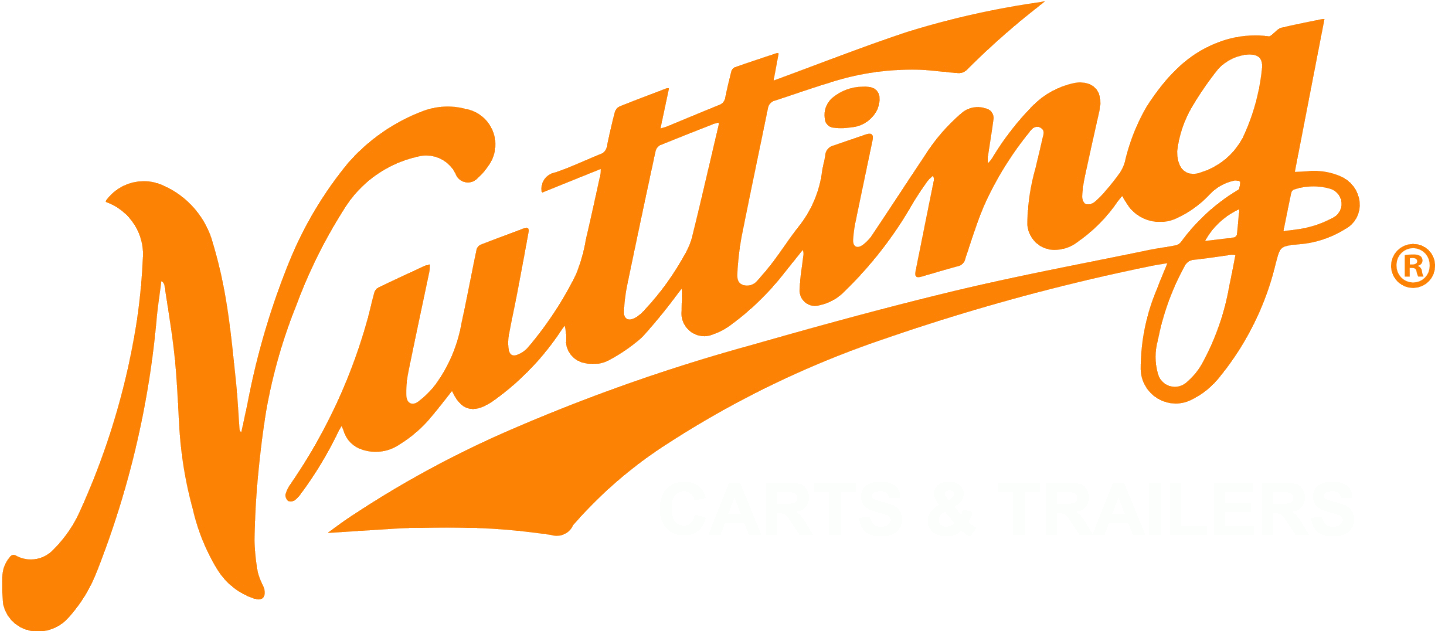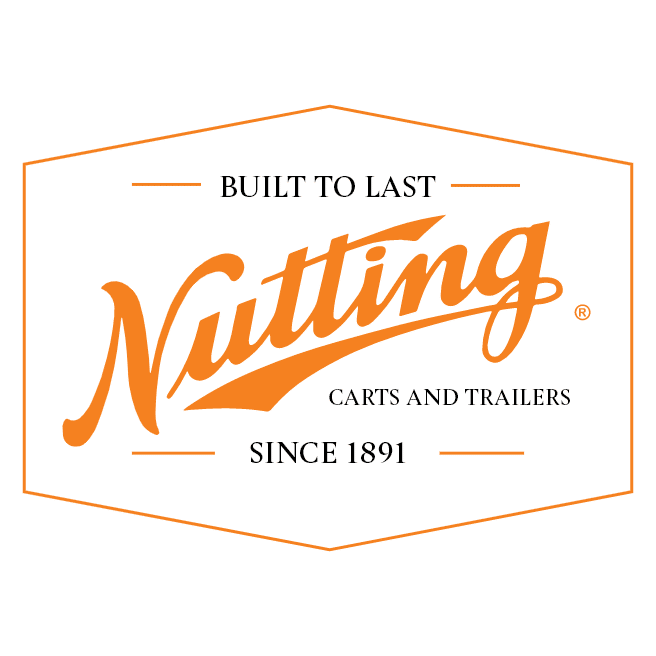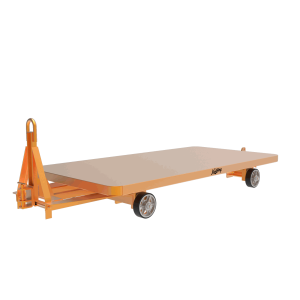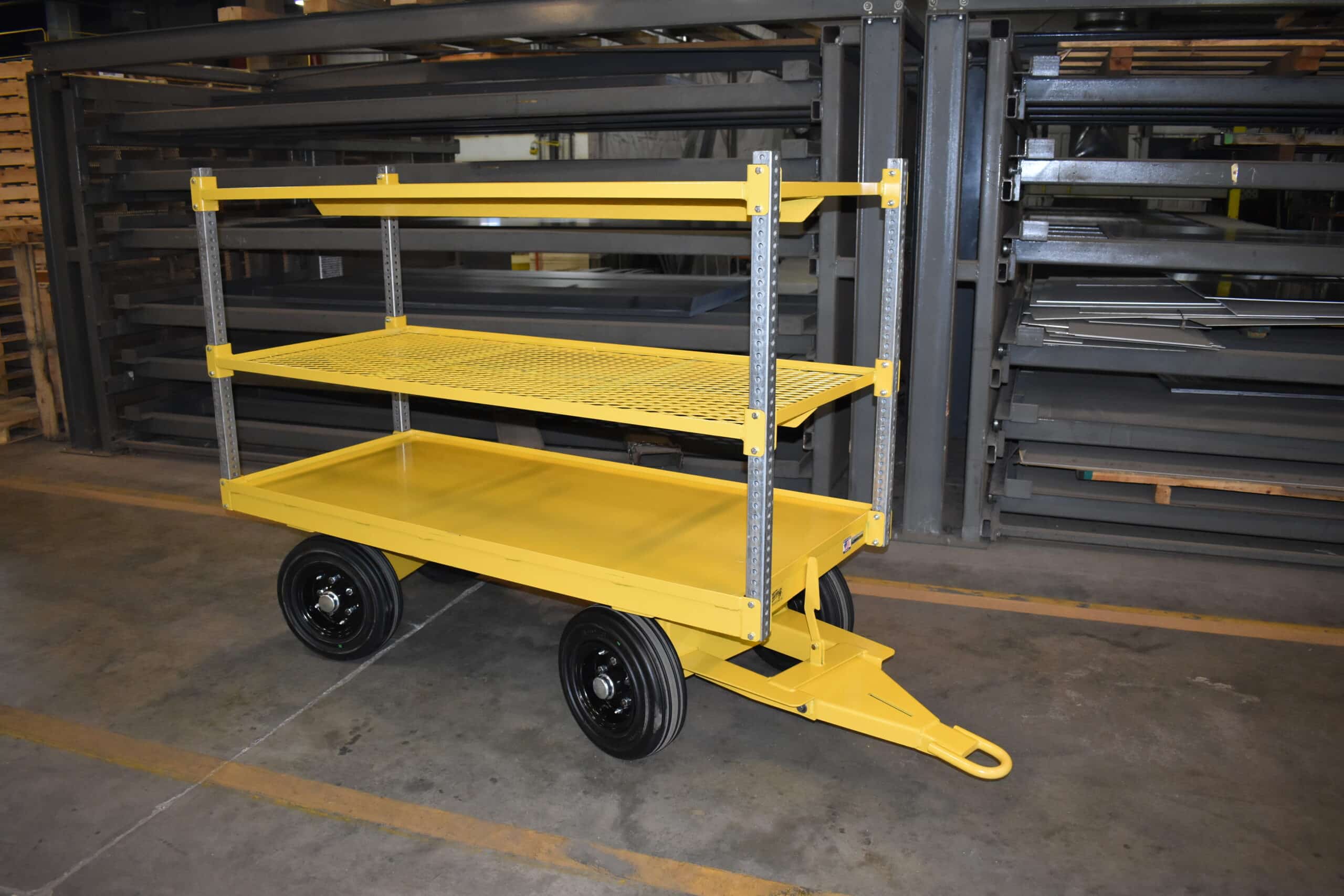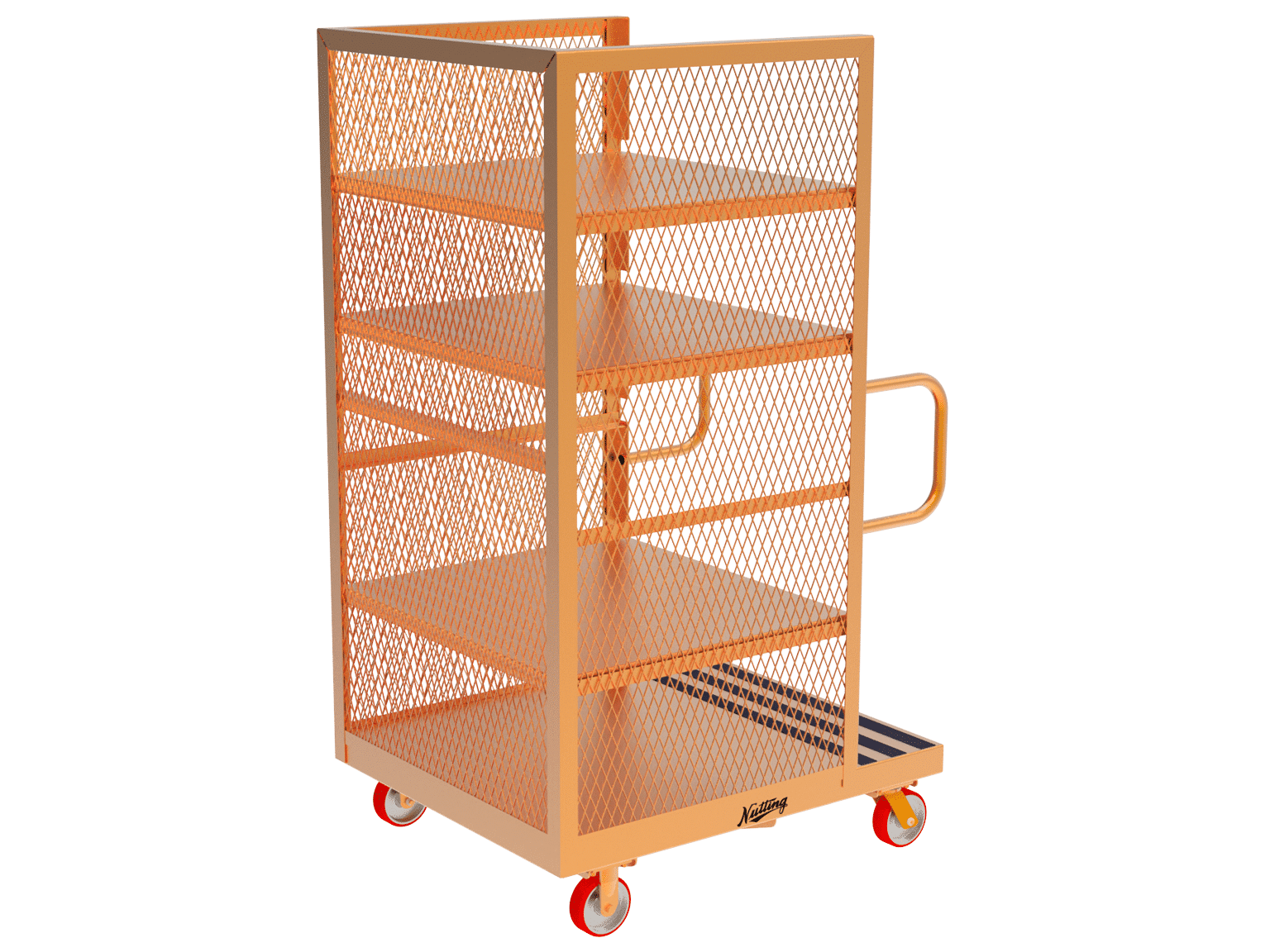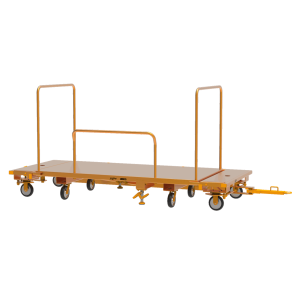Ergonomics in material handling is key for worker safety and operational efficiency. Best practices include ergonomic equipment and following safety guidelines.
Every day in the world of manual material handling (MMH), teams grapple with tasks that put physical strains on their bodies. While the nature of the job often requires manual labor, it shouldn’t come at the cost of one’s well-being. When correctly applied, ergonomic interventions can drastically reduce the risk of injury, enhance efficiency, and ultimately save costs for your operations. In this article, we’ll explore actionable tips to elevate ergonomics in various facets of material handling, ensuring a safer and more productive work environment. Whether you’re looking to preemptively revamp your workflows or you’re addressing specific complaints from your staff, we’ve got the insights you need.
Understanding the Importance of Ergonomics in Material Handling
Material handling tasks, if not approached correctly, can lead to various health issues. A prime concern in the industry is musculoskeletal disorders (MSDs). These conditions, which range from lower back pain, carpal tunnel syndrome, or even lumbar sprains, arise from sudden or prolonged, repetitive strain on the body’s musculoskeletal system. In manual material handling, the act of lifting, pulling, or even the simple repetitive motion of certain tasks can be the catalyst to these injuries.
Back injuries, often stemming from improper lifting techniques or overexertion, rank among the top reasons for work-related medical leave. Add to this the sprains, back pain, and ligament damage, and you’ve got a workforce constantly battling physical ailments. And these injuries don’t just affect the individual; they have a cascading effect on the entire operation. The associated downtime and drop in productivity can be concerning with repeated incidences of such injuries associated with common work tasks in the material handling domain.
The gravity of these concerns is underscored by the fact that major organizations like the Occupational Safety and Health Administration (OSHA) and the National Institute for Occupational Safety and Health (NIOSH) have established guidelines to protect workers from these health risks. They recognize the immense impact of MSDs on the workforce and have put forth standards and recommendations to foster safer work practices.
Improving Ergonomics Across Different Warehouse Systems
Storage Areas
Creating an ergonomic storage area is about setting up an environment where items can be accessed with minimal physical strain.
Here are a few ways to enhance ergonomics in your storage areas today:
- Pallet and Shelving Design: Opt for designs that prioritize ease of access. Adjustable shelving units allow for customization based on the size and frequency of the items being stored. This ensures that workers aren’t constantly bending or stretching to access goods.
- Zoning of Items: The positioning of goods plays a pivotal role in reducing physical strain. Items that are accessed frequently should be positioned in the ‘power zone’ – typically between waist and chest height. This reduces the need for excessive stooping or reaching, making the retrieval process more efficient and less taxing on the body.
- Clear Pathways: Ensure that pathways are free from obstructions. This reduces the risk of tripping hazards and ensures workers can move easily. Wide aisles can also accommodate material handling equipment like carts or forklifts without causing congestion.
- Anti-Fatigue Matting: For work areas where workers stand for long periods of time, consider using anti-fatigue mats. These mats are designed to reduce foot fatigue and can also provide some level of cushioning against falls.
- Signage and Labeling: Clearly label shelves and bins. This reduces a worker’s time spent searching for items and minimizes unnecessary bending or stretching.
- Use of Equipment: Incorporate mechanical aids like scissor lift tables, conveyor belts, or automatic retrieval systems to move heavy items. These tools can greatly reduce the manual effort required to handle bulky or heavy objects.
Transporting Operations
Transporting goods within a warehouse is an everyday process for most operations. The difference between using basic equipment and ergonomic solutions can significantly impact both efficiency and the health of the workers. In the realm of material handling, it’s not just about moving things; it’s about doing so smartly and safely.
- Ergonomic Hand Trucks: Modern hand trucks are far removed from their rudimentary predecessors. Today, ergonomic designs offer adjustable handles, reducing the need for workers to bend or overextend. Enhanced wheel configurations make for smoother transit, ensuring less effort is expended during transportation. Some models even provide tilt-assist mechanisms, lightening the load on the user’s back and arms.
- Hoists: Ergonomic hoists are useful in scenarios requiring lifting particularly heavy items. These devices leverage mechanical systems to handle large loads, diminishing the risks of injuries due to manual lifting. Their user-friendly controls are thoughtfully designed to reduce awkward postures and excessive force during their operation.
- Custom Carts, Trailers, and Tuggers: These custom solutions are tailored to specific warehousing needs. Ergonomically designed carts and trailers are structured to bear the brunt of the weight, allowing workers to move heavy loads with minimal effort. Conversely, tuggers are invaluable for hauling multiple carts, ensuring bulk movement is achieved without physical strain. The beauty of custom solutions is their ability to fit exact operational requirements, optimizing processes while promoting worker well-being.
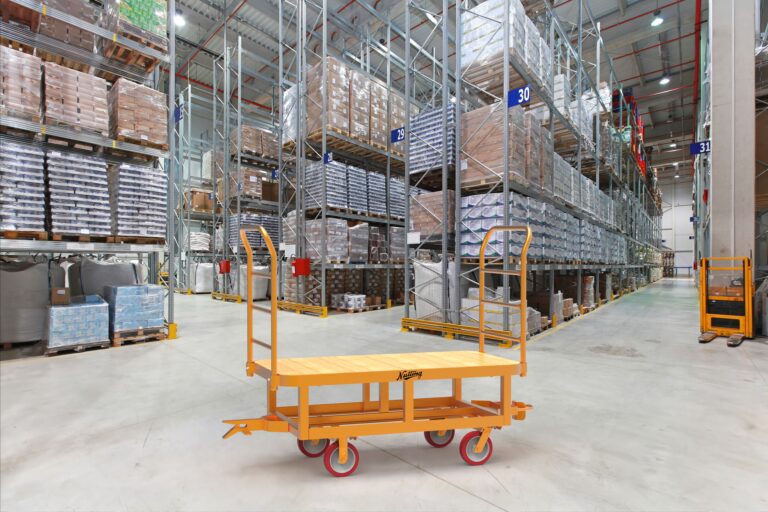
Order Picking and Packing
Creating an ergonomic environment for order picking and packing involves ensuring both comfort and efficiency for workers as they process items.
To enhance ergonomics in order picking and packing:
- Adjustable Workstations: Incorporate workstations that can be adjusted to cater to the individual needs of workers. This allows them to change positions regularly, minimizing the strain of prolonged standing or sitting.
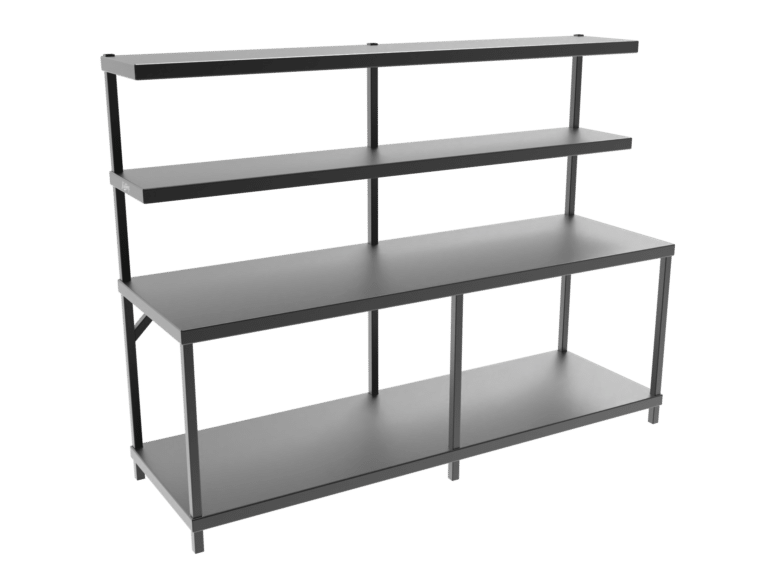
- Tool and Supply Positioning: Ensure that all necessary tools and supplies are within arm’s reach. This arrangement prevents unnecessary stretching or bending, reducing the risk of musculoskeletal disorders.
- Lift Tables and Tilting Surfaces: Use lift tables or work surfaces that can tilt to position items comfortably. These surfaces should allow workers to adjust the height and angle of items, making packing tasks more ergonomic.
- Lighting: Make sure that the picking and packing areas have adequate lighting. Proper illumination reduces eye strain and minimizes errors during the order fulfillment process.
Break and Rest Areas
Creating an ergonomic environment in break and rest areas ensures workers get meaningful recovery time between tasks.
- Comfortable Seating: Furnish the area with seats that provide adequate back support. Proper lumbar support ensures that employees can relax without straining their backs.
- Quiet Environment: Ensure that break areas are well-separated from noisy operations. A quiet environment is essential for genuine rest and recuperation.
- Leg Elevation Facilities: Consider incorporating footrests or designated areas for leg elevation. Elevating the legs can help improve blood circulation, especially after prolonged periods of standing or walking.
Loading and Unloading Zones
Without the right ergonomic considerations, these areas can become a hotbed for injuries due to the sheer intensity and variety of tasks performed. Here are a few ways to optimize ergonomics in loading and unloading zones:
- Customized Solutions: Every warehouse and its operations at the dock are unique. Investing in customized dock equipment means getting tools tailored to the specific needs of your operations. Whether it’s height-adjustable loading platforms or custom dock levers designed for particular types of trucks, these specialized solutions can significantly reduce the need for excessive lifting or forceful exertions. Such equipment aims to bring the work to the worker, ensuring tasks can be performed comfortably without any undue strain.
- Equipment Maintenance: Even the best equipment can be risky if not adequately maintained. Ensuring that tools and machinery at the dock are in peak condition can reduce unexpected jolts, jams, or additional force necessary to operate them. Regular checks and prompt repairs can prevent minor issues from evolving into significant ergonomic challenges.
- Training and Education: Knowing the equipment is just one part of the equation; knowing how to use it correctly is the other. Regular training sessions can give your team the knowledge they need to safely leverage dock equipment. This includes understanding the risk factors associated with specific tasks and the proper mitigation techniques. For instance, training on the proper hoist methods can prevent injuries due to improper lifting or force application.
- Safety Protocols: Clear safety protocols should be in place beyond the equipment and training. These guidelines should spell out measures to be taken in different likely scenarios, ensuring that safety and ergonomic considerations aren’t sidelined in the hustle and bustle of dock operations.
Recognizing Early Signs of Musculoskeletal Fatigue Among Workers
Awareness is the first step to prevention. Understanding and recognizing the early signs of musculoskeletal fatigue can save businesses significant expenses in the long run and preserve the well-being of their staff.
- Frequent Complaints: Listen to your team. It could be a sign of musculoskeletal strain if they frequently mention stiffness, pain, or aches in areas like the neck, shoulders, back, wrists, or knees.
- Reduced Movement Range: Workers who seem to have difficulty moving, stretching, or lifting as well as they used to might be experiencing early symptoms.
- Visible Swelling or Redness: In some cases, strain or overuse can lead to visible swelling in certain body parts, such as knees or hands.
- Changes in Work Habits: If a worker suddenly starts taking more frequent breaks, changes their manual handling technique, or avoids certain tasks altogether, it could be due to discomfort or pain.
- Decreased Productivity: Persistent musculoskeletal discomfort can result in a drop in productivity. If an employee’s output decreases without a clear reason, it might be worth checking on their physical well-being.

Implementing Regular Training Sessions on Ergonomic Principles
Knowledge empowers action. Ensuring that your team is well-informed about ergonomics is essential to fostering a safe and productive work environment.
- Start with Onboarding: Every new employee should be introduced to the principles of ergonomics during their initial training. This ensures a strong foundation from the get-go.
- Refresher Courses: With the dynamic nature of warehousing and material handling, technologies and best practices evolve. Hold periodic refresher courses to keep the team updated.
- Interactive Workshops: Instead of traditional lecture-style training, consider hands-on workshops where employees can practice proper lifting techniques, use ergonomic tools, and ask questions in real-time.
- Invite Experts: Bringing in external ergonomics experts for training can provide fresh perspectives and insights into the latest developments in the field.
- Feedback Mechanisms: Encourage workers to provide feedback on ergonomic issues they encounter in their daily tasks. This can lead to solutions tailored to their specific needs and challenges.
- Use of Visual Aids: Posters, signs, and infographics around the warehouse can serve as constant reminders of ergonomic best practices.
By integrating these practices, warehouses can ensure that their team is equipped to work efficiently, safely, and health-consciously.
The Ergonomic Advantage: Elevating Safety and Efficiency in Material Handling
In an industry marked by sharp edges, heavy loads, and repetitive tasks, the value of ergonomics in material handling is apparent. It’s not just about avoiding MSDs or adhering to guidelines – it’s about embracing interventions and work practices that prioritize the health and efficiency of every worker, from those operating a forklift to those relying on hand tools.
Investing in ergonomic solutions tailored to the unique demands of your work area can yield significant returns in terms of reduced medical costs, fewer work-related mishaps, and heightened operational efficiency.
Contact us for more information on carts, trailers, and tuggers that can enhance your material handling ergonomics. We’re here to help and answer any questions you might have.
Remember, a work environment refined by ergonomic insight is not just safer—it’s profoundly more efficient.
